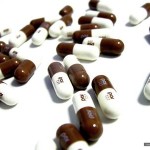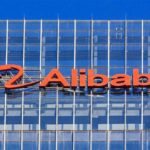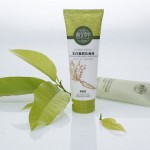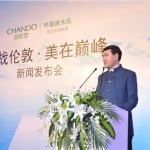Retail for Cosmetics in China
Retail Channels for Cosmetics
Currently, the most frequently seen retailing terminals of cosmetics in China are: special counters in malls, supermarkets, exclusive shops, beauty parlors, online stores, direct selling and drugstores. The traditional retailing terminals like counters and supermarkets have developed steadily since its beginning, and new terminals like online stores and chain stores are new emerging, and have been developing at a fast pace.
According to the statistics for year 2010, 35.3% cosmetics sales are achieved in supermarkets and hypermarkets, and 28.1% are achieved in department stores. Direct selling made up 13.2% of total sales value, and convenience stores, exclusive stores and online stores each has, respectively, 5.8%, 6.2% and 3.1% of total sales volume. Also drug stores make up 7.2%, and the remaining 1.1% comes from other sources like TV shopping and beauty parlors.
For most consumers, what they are most familiar with is the traditional counter and supermarket terminals. This can be proved directly using existent statistics. Following are direct selling and beauty parlors. Although big brands like Amway(安利) and Avon(雅芳) have, to some extent, made names for themselves, and despite their fast development in recent years, their market share is still not high.
The drug store channel mainly refers to micro plastics. Products like hyaluronic acid(玻尿酸) and collagen(胶原蛋白) are signature products in this industry. Although the sales volume cannot match that of traditional cosmetics, thanks to their high prices, the sales profit they generate are remarkable.
Chances for development
It has been predicted by industry insiders that China’s cosmetics industry is welcoming its historical boom. In this market whose value exceeds 200 billion, Chinese domestic brands might make a huge step forward.
The cosmetic market in China is huge, and is still developing both online and offline. Compared with the cosmetic industry in Japan, China is not lagging behind. Also, due to the fact that the population of China is nearly 10 times that of Japan, China’s cosmetic retailing industry has a much more promising development prospect.
Despite its huge scale, 80% of China’s cosmetic retailing volume comes from foreign brands like Lancôme(兰蔻), Biotherm(碧欧泉), Clarins(娇韵诗), Loreal(欧莱雅), Estee Lauder(雅诗兰黛) and Chanel(香奈儿). China’s domestic brands like Yumeijing(郁美净), Baiqueling(百雀羚), Tongrentang(同仁堂), Proya(珀莱雅) and Chando(自然堂) together, have only 20%. However, in Japan and South Korea, domestic brands take up 95% of the total retailing sales volume of the cosmetic industry.
In the past, there was a lack for first tier brands in China, but now with the rise in family income, they have higher spiritual demand, and Chinese brands, which are supposed to understand Chinese consumers more than foreign brands, are paying attention to their brand images, and they are going to do something in the near future.
Edited for from Daxue Consulting China (Find us on Google Plus about China Research)
Sources:
Credit Photo: Heb









![[Podcast] China paradigm #22: How to run an international creative agency in China](../wp-content/uploads/2019/04/China-marketing-podcast-22-150x150.jpg)





